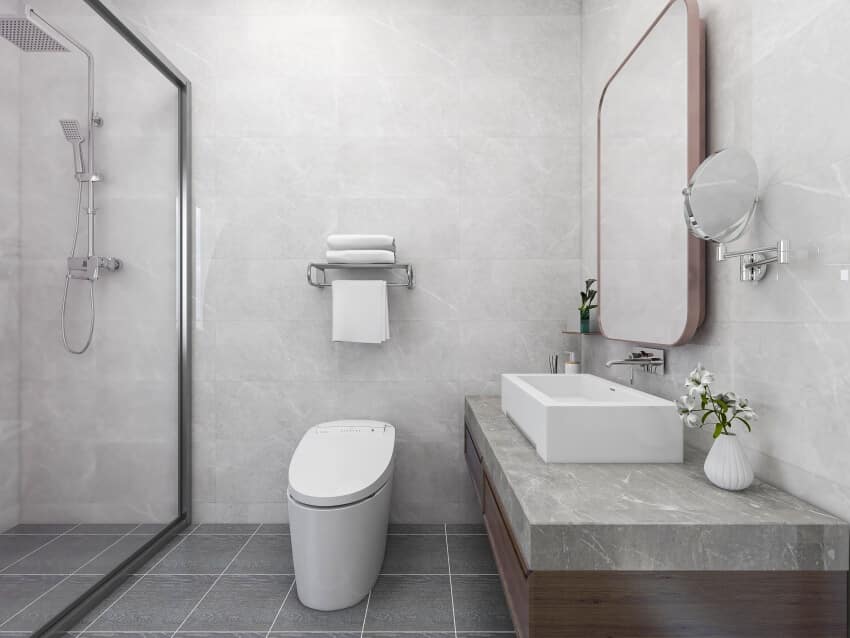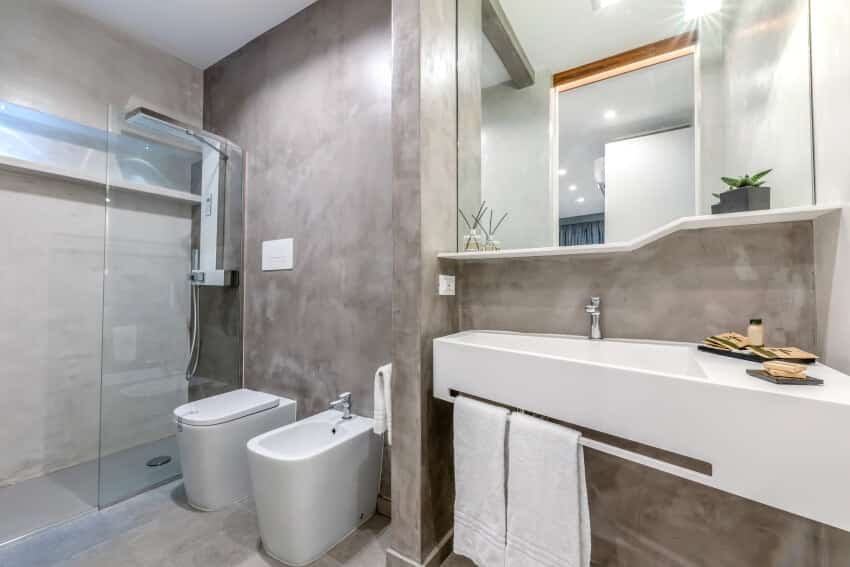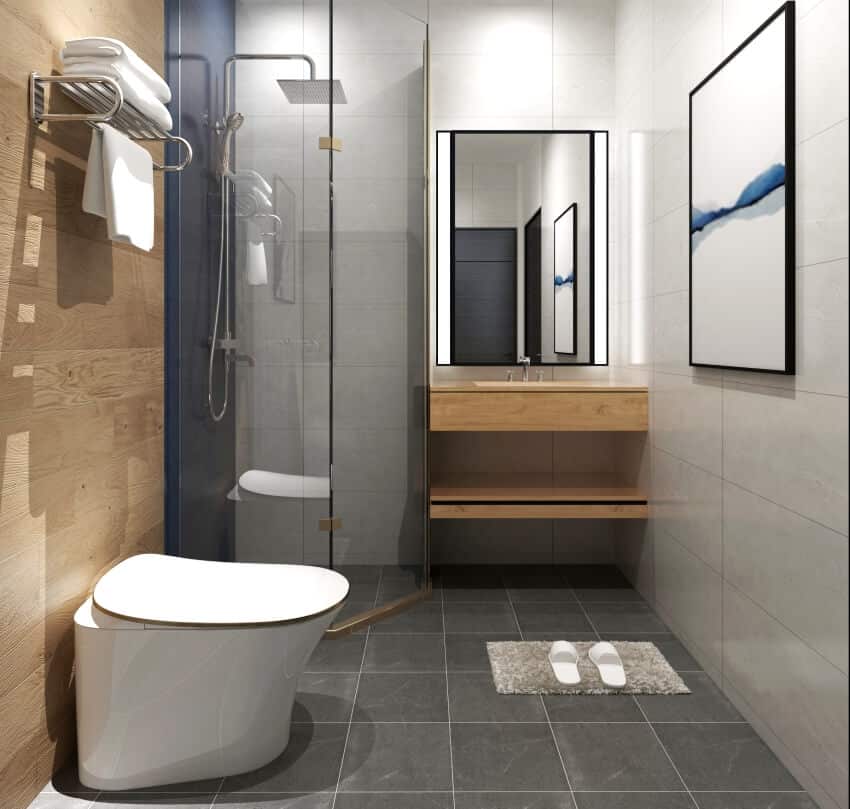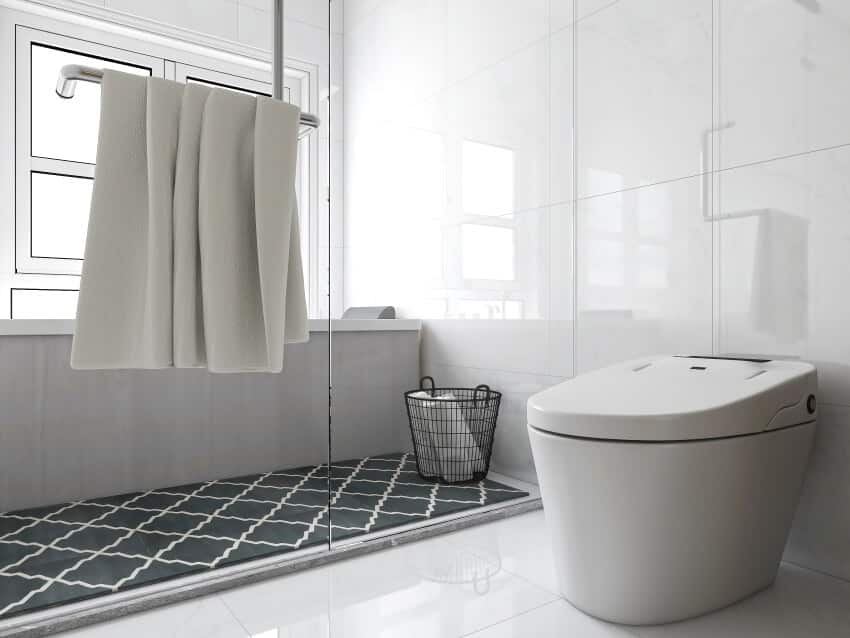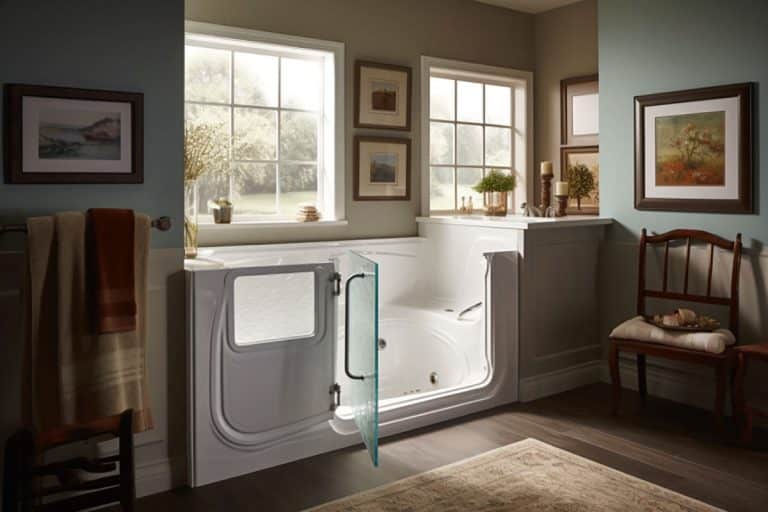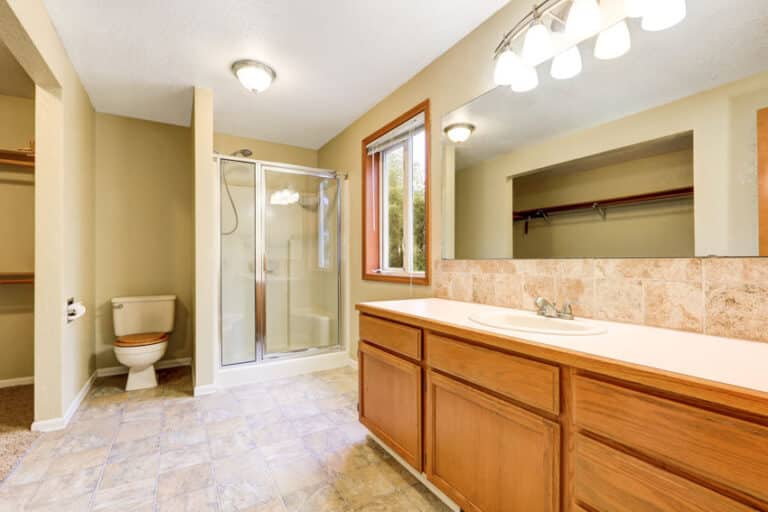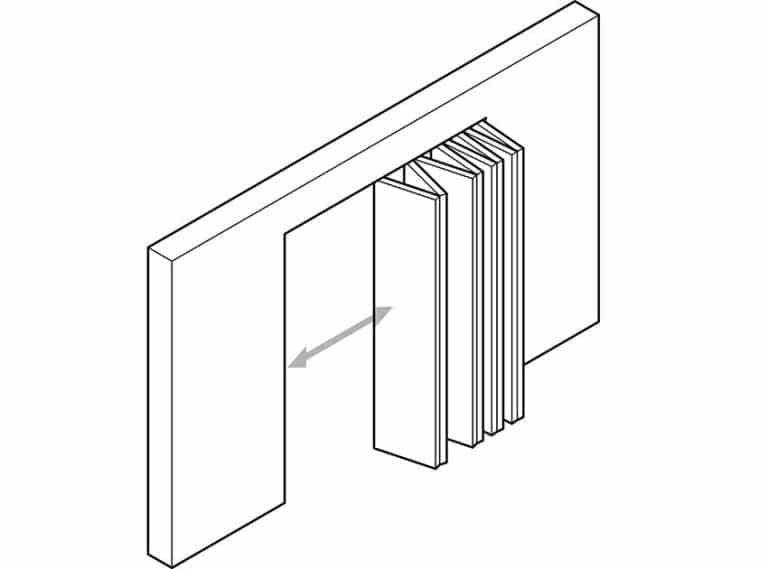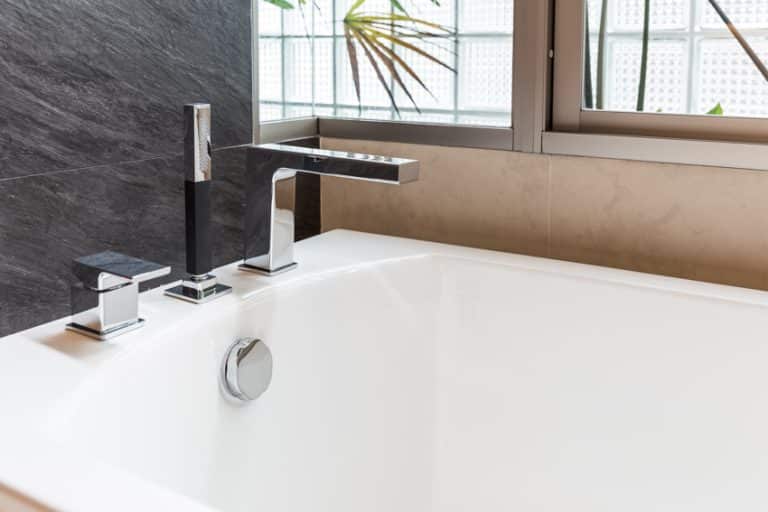Incinerating Toilets Pros and Cons
It’s easy to take indoor plumbing and flushable toilets for granted until you’re in a situation where no toilet is available. Incinerating toilets makes ‘roughing it’ a bit less rough.
If you’re considering installing an incinerating toilet in your RV, cabin, or outbuilding, learn about the benefits and drawbacks before making your purchase.
What Are Incinerating Toilets?
An incinerating toilet is an alternative to a regular flushing model. These toilets do not need to be connected to running water.
Instead of washing waste into a sewer or septic system, an incinerator toilet burns it to ash. You may visit our guide to the types of toilet flush systems for more information about flushing toilets.
Incinerating toilets are useful in scenarios when access to water is limited. This includes rural or remote areas without running water, outbuildings, and cabins not connected to water, a disposal system, or on the road in a recreational vehicle.
How Does An Incinerator Toilet Work?
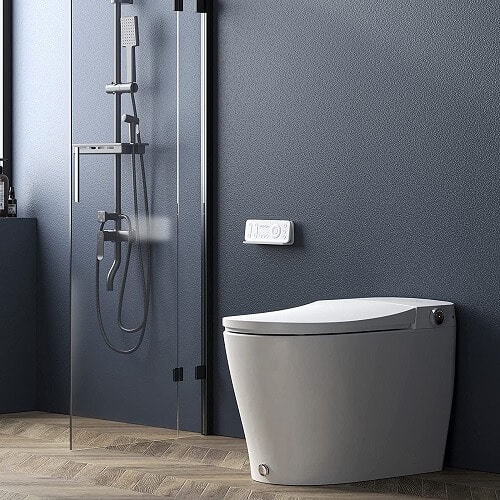
An incinerator toilet converts energy into heat and uses that heat to burn human waste.
Incinerator toilets are similar in appearance to standard flushable toilets, except that they are made out of metal. Visit our guide to the pros and cons of upflush toilets for more related information.
The bottom of the metal bowl is formed by two retractable panels A paper liner is used to line the bowl, containing the waste.
Closing the toilet’s lid and stepping on a pedal retracts the panels forming the bottom of the bowl This allows the paper liner and waste to fall into the incineration chamber below. The panels slide back into place, sealing the waste in the chamber.
When the user pushes a button, the fuel source ignites, heating the incineration chamber to more than one thousand degrees Fahrenheit. Liquids evaporate and are vented through the horizontal ventilation pipes. Solids burn and turn to ash, which falls into the ash collection container at the bottom of the commode.
The fuel source powering incineration varies from model to model. Some incinerating toilets are powered by electricity, while others use propane or natural gas.
Incineration Toilet Pros
An incinerating design is a great alternative to flushing toilets in situations where indoor plumbing and running water aren’t available.
Incinerator toilets are very easy to use. A paper liner is used to shield the bowl from direct contact with waste. When the lid is closed, the user steps on a pedal to drop the liner into the incineration chamber.
With a push of a button, the incineration begins and an exhaust fan turns on. These commodes require very little effort on the part of the user, especially when compared to composting toilets.
Composting toilets are a popular alternative to using incineration. Compost toilets must be mixed after use, and bulking material must be added regularly. The compost produced must then be emptied outside or in a suitable container.
Incineration toilets require much less interaction. Most have an automatic sensor to inform you when the ash container needs to be emptied. The contents of the ash container can be disposed of in your household trash.
The incineration process produces minimal odor. A slight smell exists after incineration, but this quickly dissipates. Many people prefer incinerating to composting toilets for this reason. Composting commodes have a persistent, lingering aroma.
Incineration Toilet Cons
Flushable toilets are familiar and easy to use. Incinerator models aren’t very common, so it may take some time to adjust to using one.
It is important to remember to use a paper filter each and every time; some people find this inconvenient.
The upfront investment in an incineration commode is considerable. You need to budget for the cost of the unit, plus installation. However, ongoing costs are fairly low – you only need paper liners and the fuel to run the incineration chamber.
Incinerator Toilet Prices
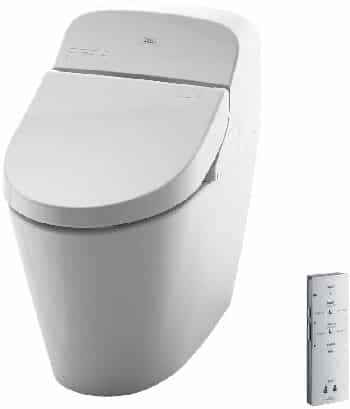
It costs between $1,200 and $5,000 to purchase an incinerating toilet. Most are easy enough for a handy homeowner to install themselves. If you’re not comfortable handling the installation on your own, you can hire a handyman.
Each time it is used, it must be lined with a special bowl-shaped paper liner. A package of 200 liners costs about $20.
You will also need to pay for fuel to power the incineration chamber. The chamber runs for ten to 20 minutes after solid waste has been disposed of to process the waste material.
Incineration toilets are powered by propane, natural gas, or electricity. The energy costs in your area and the frequency of use dictate the total cost of owning and running these commodes.
How Do I Clean My Toilet?
Because waste never touches the inside of the bowl, incinerator toilets stay clean longer than composting or even flushing commodes.
Never use cleaners with bleach or chlorine on an incinerator unit, as this may damage the metal. Do not use flammable chemicals inside or around an incinerator unit.
Instead, use water and gentle soap.
After each use, the incinerating toilet generates approximately one tablespoon of ash. The ash is collected in a tray below the incineration chamber.
When the ash container is full, it can be emptied into the household trash. Use a stiff-bristled brush to sweep away any lime or salt residue. If the brush does not remove the residue, try soaking the container in warm water.
The clean and empty container can then be reinserted into the incinerator unit, readying it for use.
Toilet Maintenance
Once a year, the toilet must be disconnected for cleaning and maintenance.
First, the exhaust pipe must be cleaned, using a brush and vacuum.
Then, the catalyst needs to be rinsed. The machine is tilted on its side, and warm water is poured through a funnel. The water will run out of the bottom of the unit, so it is best to perform this task outside. When the water runs clear, the catalyst is clean.
The ventilation pipe that connects the incinerating toilet to the exterior of the building must also be cleaned once per year. Special brushes are available to make this process easier.
A rope connects a brush to a weighted ball. The pall is pushed through the ventilation system, dragging the brush behind it and clearing out the pipes.
Visit our guide on various types of toilet seats and how much does a toilet weigh for more related content.

